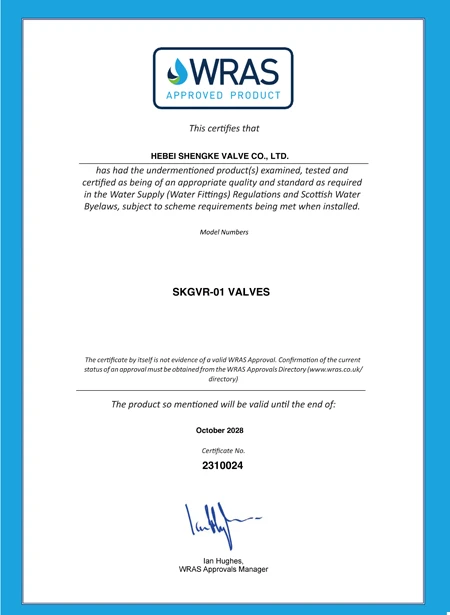Sep . 22, 2024 06:58 Back to list
gate valve
Understanding Gate Valves Essential Components in Fluid Control
Gate valves are a vital component in various industrial applications, playing a crucial role in controlling the flow of fluids through pipelines. These valves are designed to either completely stop or allow the flow of liquid or gas, making them essential for numerous systems, including water supply, oil and gas, and chemical processing.
One of the defining features of a gate valve is its gate or wedge-shaped disk that moves up and down within the valve body to regulate flow. When the valve is fully open, the gate is lifted out of the flow path, minimizing pressure loss and allowing for a straight-line flow. Conversely, when the valve is closed, the gate seals against the valve seat, preventing any flow from passing through. This design makes gate valves particularly suitable for applications where a tight seal is necessary.
Gate valves are operated using various mechanisms, including handwheels, electric actuators, or pneumatic controls. The choice of mechanism often depends on the operational requirements of the system and can greatly influence the efficiency and convenience of valve operation. Electric and pneumatic actuators can provide remote operation capabilities, which is beneficial in large or hazardous environments.
gate valve

One of the significant advantages of gate valves is their ability to provide minimal resistance to flow
. This feature makes them ideal for applications requiring full bore flow conditions, such as water distribution systems and industrial process lines. Additionally, they have a relatively simple design, which translates to easier maintenance compared to more complex valve types.However, gate valves are not without their drawbacks. They are not suitable for throttling applications, as partially opened valves can lead to increased wear and tear due to turbulence and vibration. This makes them better suited for applications where the valve is either fully closed or fully open. Moreover, gate valves typically require more space for installation compared to other valve types, such as globe or ball valves.
In terms of materials, gate valves can be constructed from a variety of substances, including brass, stainless steel, and cast iron, allowing them to be used in diverse environments and operational conditions. Choosing the appropriate material is crucial to ensure durability, corrosion resistance, and suitability for the specific fluid being controlled.
In summary, gate valves serve a fundamental function in fluid control systems across numerous industries. Their design allows for efficient flow regulation, and while they come with specific operational limitations, their simplicity and effectiveness make them indispensable in many applications. Understanding the characteristics and proper use of gate valves can significantly enhance the efficiency and reliability of fluid handling systems. Whether in municipal water systems or heavy-duty industrial processes, gate valves continue to be a key element in the management of fluid dynamics.
Share
-
Reliable Wafer Type Butterfly Valves for Every IndustryNewsJul.25,2025
-
Reliable Flow Control Begins with the Right Ball Check ValveNewsJul.25,2025
-
Precision Flow Control Starts with Quality ValvesNewsJul.25,2025
-
Industrial Flow Control ReliabilityNewsJul.25,2025
-
Engineered for Efficiency Gate Valves That Power Industrial PerformanceNewsJul.25,2025
-
Empowering Infrastructure Through Quality ManufacturingNewsJul.25,2025